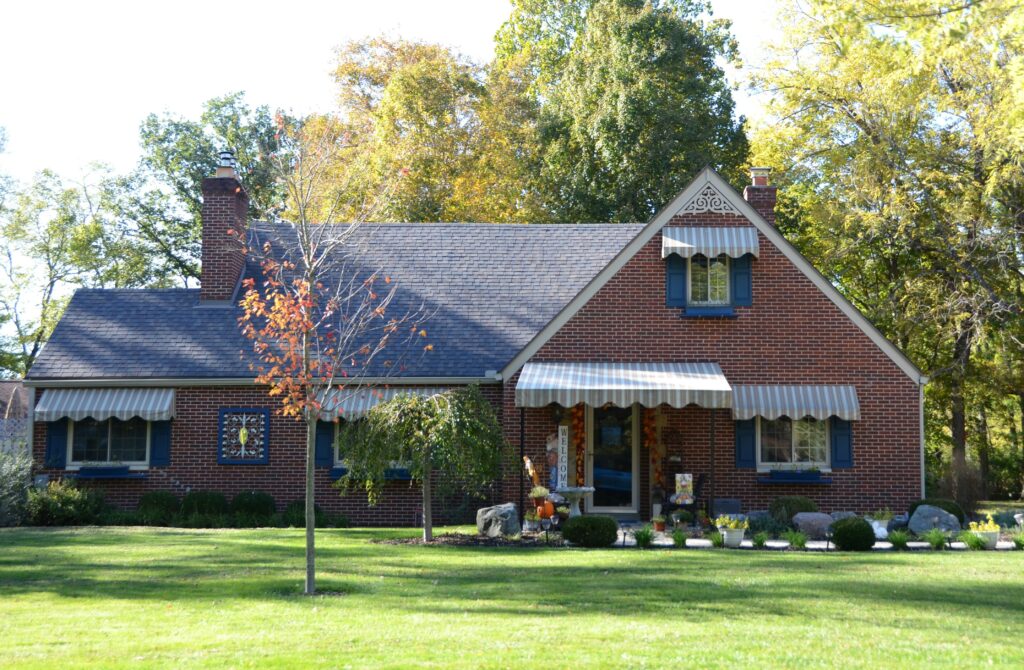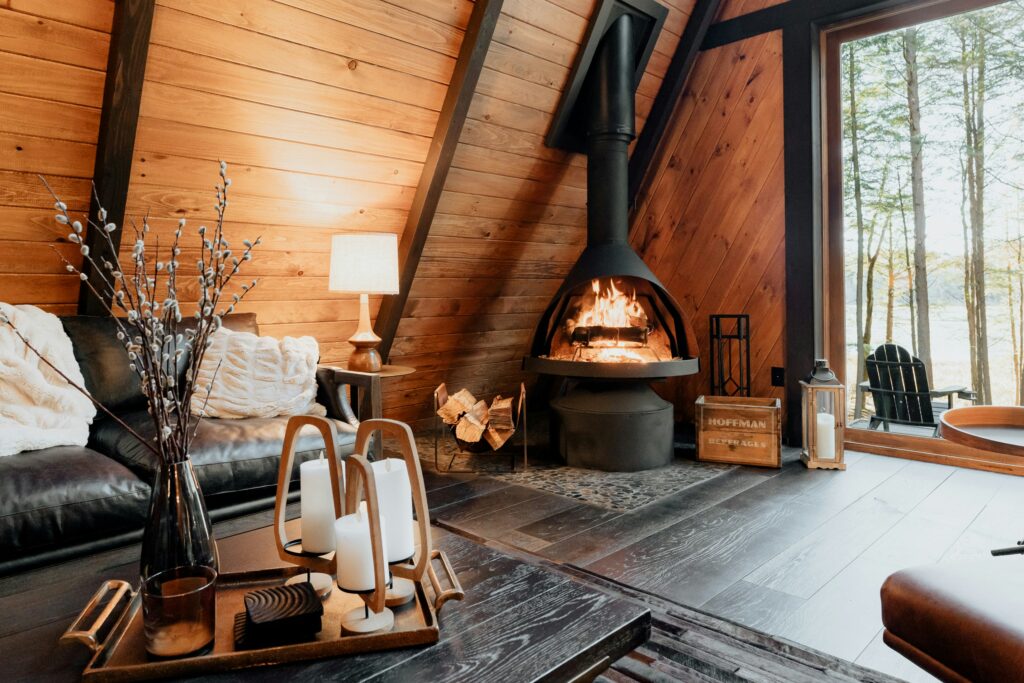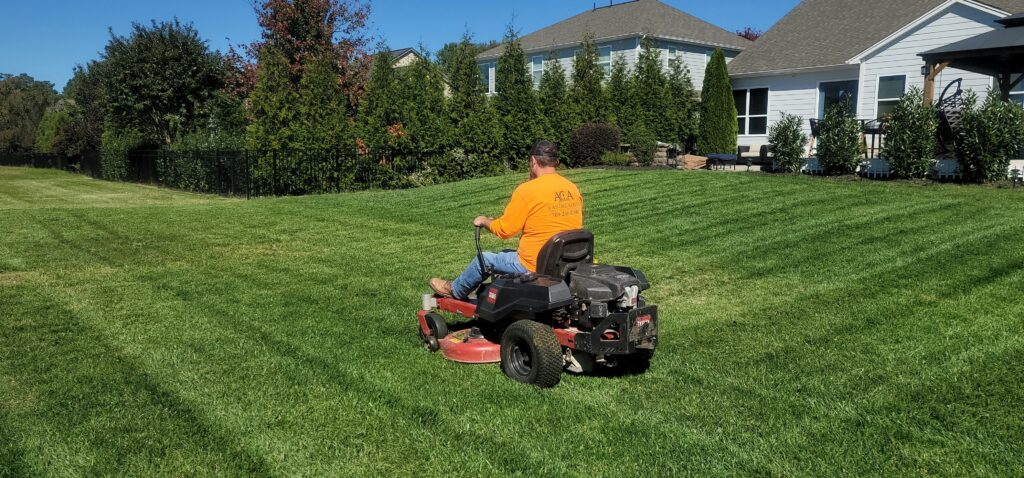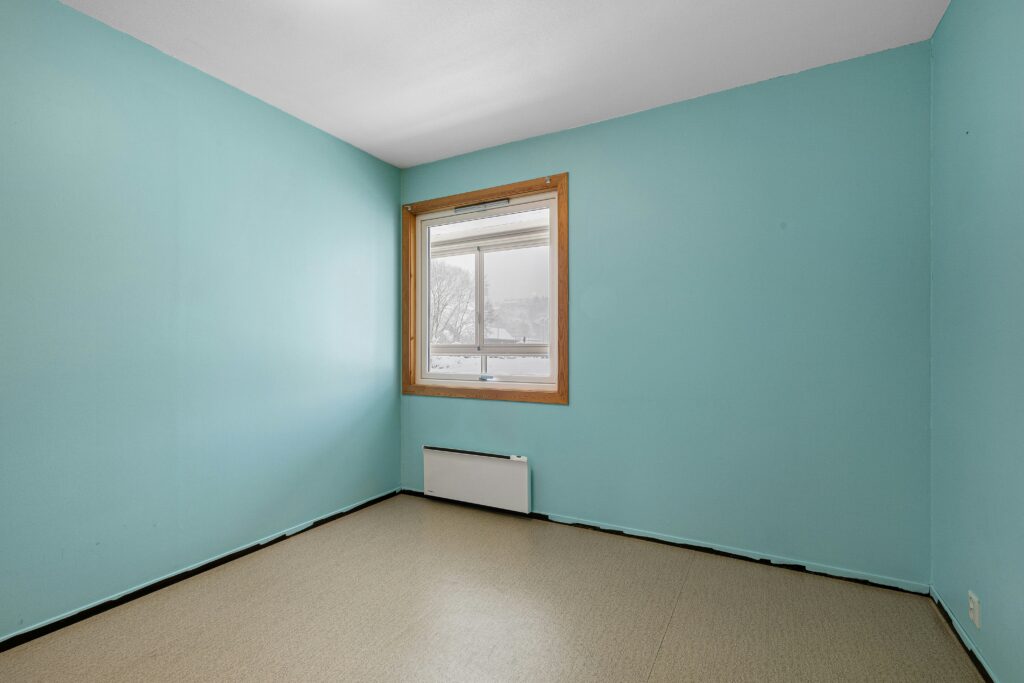The True Cost of Owning a Home (Beyond the Mortgage)
Buying a house is one of life’s biggest milestones, but for many, the real financial surprises come after the closing papers are signed.
One of the most valuable first-time homeowner lessons is realizing that the monthly mortgage payment is only the beginning.
From maintenance to utilities to hidden fees, the true cost of owning a home extends far beyond what lenders quote.
Understanding these costs upfront helps you plan realistically, avoid financial stress, and enjoy your new home with confidence.
Let’s break down what goes into the real price of homeownership—and how to budget smartly for the years ahead.
1. Property Taxes: The Cost That Never Ends
Property taxes are one of the biggest ongoing expenses new homeowners overlook.
Unlike rent, which stays constant for the lease term, property taxes fluctuate with your home’s assessed value and local tax rates. These taxes fund essential community services such as schools, police, and infrastructure—but they can also take a serious bite out of your annual budget.
- Average cost: Between 0.3% and 2.5% of your home’s value annually (depending on your state or city)
- Payment schedule: Typically due semiannually or included in your monthly mortgage escrow
- Tip: Check your county’s property tax history before buying—it often increases over time as home values rise.
One of the earliest first-time homeowner lessons you’ll learn is that taxes don’t disappear once the mortgage is paid off. They’re a permanent line item in your budget for as long as you own your home.
2. Home Insurance: Protection at a Price
Your lender likely requires homeowners insurance, but even if you own your home outright, it’s a smart investment. This coverage protects you from losses due to fire, theft, and certain types of natural disasters.
However, premiums can vary dramatically based on location, home age, and coverage level.
- Average annual cost: $1,000–$2,000 nationwide
- Factors affecting price: Roof age, proximity to flood or wildfire zones, and replacement value
- Optional add-ons: Flood insurance, earthquake coverage, or extended replacement coverage
One of the smartest first-time homeowner lessons is to review your policy annually. As your home’s value or possessions increase, you’ll want to ensure your coverage keeps pace.

3. Maintenance and Repairs: The Hidden Reality of Ownership
If there’s one thing homeowners quickly learn, it’s that things break—and fixing them costs money. Roof leaks, HVAC issues, plumbing repairs, or even simple appliance replacements can add up quickly. Experts recommend setting aside at least 1% to 3% of your home’s value each year for maintenance and repairs.
- Annual maintenance estimate: $2,000–$6,000 for an average single-family home
- Examples of recurring costs:
- HVAC servicing: $150–$400 per year
- Roof repairs: $300–$1,000 (or more for major leaks)
- Plumbing and electrical fixes: $150–$500 per visit
- Prevention tip: Schedule seasonal maintenance—like gutter cleaning or HVAC tune-ups—to catch problems early.
One of the toughest first-time homeowner lessons is learning that ignoring small repairs often leads to bigger, costlier issues later. Proactive maintenance saves money—and stress—over time.
4. Utilities and Energy Costs: The Monthly Shock
When you rent, utilities might be shared or partially included. As a homeowner, every bill is yours. Heating, cooling, water, internet, and trash collection are all regular costs that vary based on home size, location, and efficiency.
- Average monthly utility breakdown:
- Electricity: $100–$200
- Water and sewer: $50–$100
- Natural gas: $50–$150
- Trash and recycling: $20–$60
- Internet and cable: $60–$150
- Energy efficiency tip: Upgrade to LED bulbs, add insulation, and install a smart thermostat to cut long-term costs.
One of the best first-time homeowner lessons is learning how small efficiency upgrades can make a noticeable difference on your monthly bills—and your comfort.
If you’re burning too much money on home heating costs, why not install a wood stove?

5. HOA Fees and Community Costs
If your new home is part of a homeowners association (HOA) or planned community, you’ll likely pay monthly or annual dues. These fees cover shared amenities and maintenance for common areas—but they can vary widely based on neighborhood and services.
- Typical monthly HOA cost: $100–$500
- What it covers: Landscaping, security, community pools, pest control, and building maintenance
- Hidden costs: Special assessments—additional fees for unexpected repairs or improvements
Before buying, review HOA bylaws carefully. Understanding the financial and rule-based commitments is a key first-time homeowner lesson that prevents frustration later.
6. Landscaping, Lawn Care, and Exterior Upkeep
Keeping your home’s exterior looking great isn’t just about aesthetics—it’s about protecting your investment. Overgrown trees can damage roofs, clogged gutters cause leaks, and neglected lawns can attract pests or fines from local ordinances.
- Average annual landscaping cost: $1,000–$3,000
- DIY alternative: Invest in lawn equipment and set a regular maintenance schedule
- Bonus tip: Native plants and drought-tolerant landscaping can lower water and maintenance costs.
Among the essential first-time homeowner lessons is realizing that a well-kept yard not only enhances curb appeal—it also preserves property value.

7. Appliance Replacement and Upgrades
Even if all your appliances seem fine on move-in day, age and wear eventually catch up. Water heaters, dishwashers, and washing machines all have limited lifespans. Budgeting for replacements helps you avoid financial surprises later.
- Average lifespan of key appliances:
- Refrigerator: 10–15 years
- Dishwasher: 8–12 years
- Water heater: 8–10 years
- HVAC system: 12–20 years
- Replacement cost range: $500–$10,000 depending on the appliance
- Pro tip: Consider an extended warranty or home protection plan to cover large systems.
One of the most practical first-time homeowner lessons is learning to expect—and plan for—these replacements well before they fail.
8. Renovations and Personalization Costs
Even if your new home is move-in ready, most buyers make changes to suit their taste or lifestyle. Painting rooms, upgrading lighting, or remodeling a kitchen can add up quickly if you don’t set boundaries.
- Average renovation costs:
- Interior painting: $1,000–$3,000
- Kitchen remodel: $15,000–$50,000
- Bathroom remodel: $6,000–$15,000
- Budgeting tip: Start with small updates before committing to major remodels—you’ll learn your home’s quirks first.
One of the wisest first-time homeowner lessons is to live in your space for a while before making big design or renovation decisions.

9. The Cost of Time and Effort
Homeownership isn’t just a financial investment—it’s a time investment. Yard work, maintenance scheduling, and DIY projects all take hours each month. While many people enjoy the satisfaction of maintaining their own space, others find the workload surprising.
- Average time commitment: 8–10 hours per month on upkeep
- Hidden cost: Hiring help if you’re too busy or unable to do certain repairs yourself
Recognizing this reality is an important first-time homeowner lesson—it helps you balance time, money, and energy more effectively.
Smart Planning for a Smoother Journey
Owning a home is incredibly rewarding, but it comes with financial realities that go beyond your mortgage payment. Property taxes, maintenance, utilities, and upgrades are all part of the long-term commitment of homeownership.
By understanding these first-time homeowner lessons early, you can prepare a realistic budget, avoid unpleasant surprises, and truly enjoy the stability and pride that come with owning a home.
Ready to take control of your homeownership costs? Start today by creating a monthly maintenance budget, building an emergency fund, and reviewing your insurance coverage.
A proactive approach is the key to a happier—and financially healthier—home life.


